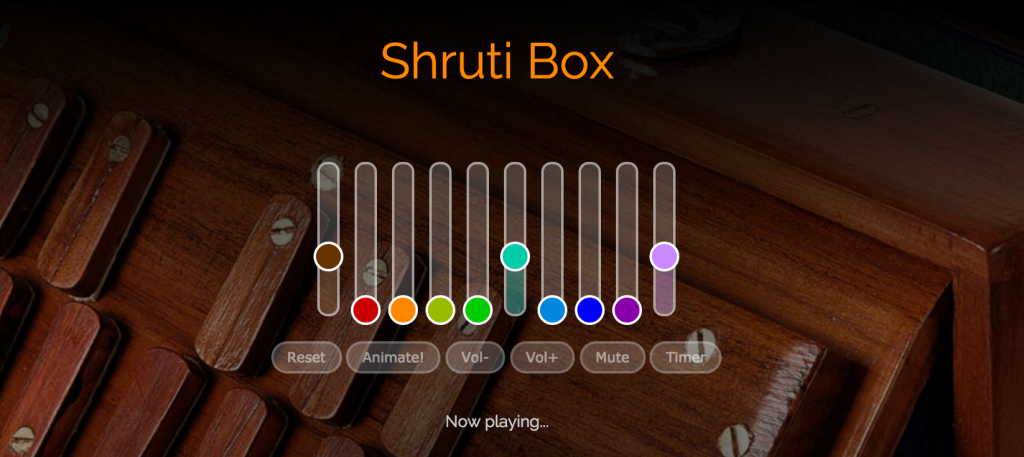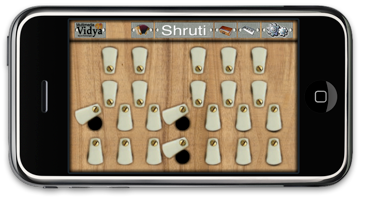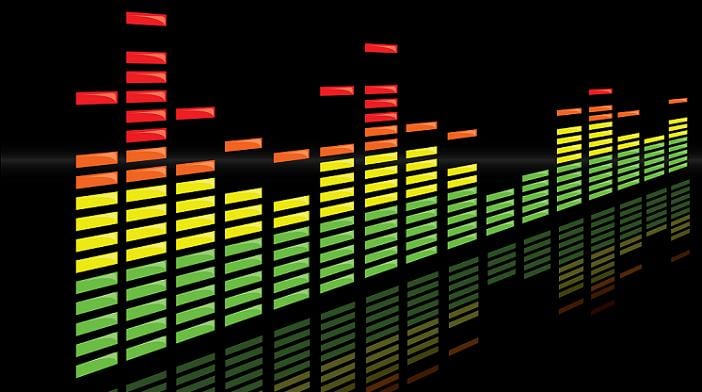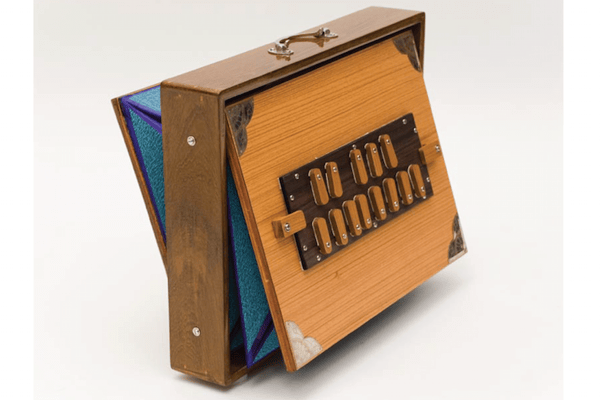 All images via flypaper.soundfly.com
All images via flypaper.soundfly.com
This article originally appeared on Soundfly.
A shruti box (also called surpeti) is an instrument predominantly used in Indian classical music that follows the same concept as a harmonium, or pump organ. Its design makes use of one or two bellows that push air through tuned metal reeds inside the box. The reeds, which replace keys, are effectively controlled by the performer by opening and closing small flaps to either mute a tone, or let it resonate. While it's possible to play the shruti box in a rhythmic style, it's mainly used to create drones as a backdrop for soloists.
As a term, the Sanskrit word is commonly understood to mean "the smallest interval of pitch that the human ear can detect." However, when combined with other words in the context of Indian classical music, it can take on several meanings, including representing the tonic in a scale, and also to represent a tone used to tune other instruments.
Tunings
The shruti box is tuned chromatically and covers an entire octave of notes. Typically, shruti boxes are tuned from C to C and G to G, but a number of modern producers in India, the UK, and Germany currently sell boxes in a range of scales as well as octaves.
A male shruti box is tuned one octave lower than a female shruti box. For the casual performer, it's a matter of taste and which instruments you're accompanying in an ensemble. However, when supporting a vocalist, it's common to use a male or female shruti box to match the singer's vocal register.
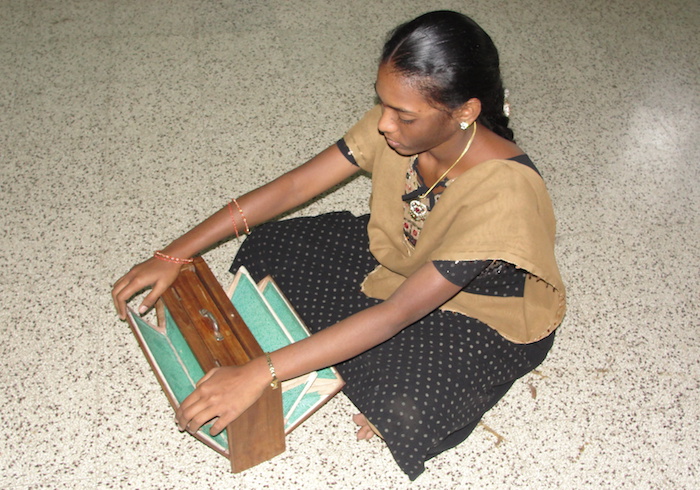
Basic styles of playing the shruti box
The most obvious and common method of playing is as an accompaniment to a singer or soloist and results in a chordal drone. Use one hand to lightly move the back bellows in and out to create the airflow. Use the other hand to steady the box, and every now and then, open or close the note flaps to change the pitches. As long as the air continuously flows and at least one note flap is opened, a constant droning tone will come out.
Here's a video of a more rhythmic playing style, making use of the bellows to tap a tempo into the airflow. This player is using the front bellows for rhythm and the back bellows to continuously push the air.
Many singers who can accomplish an overtone style of throat singing use a shruti box as their own droning accompaniment, and the box's resonance helps the singer align their breathing patterns with the instrument. People also often improvise on other instruments while droning away. Yes, the shruti box is easy enough to play that you can do several things at once, but this performance by Yancarlos Sanchez is mind blowing!
Hayden Chisholm improvises on the saxophone while playing the shruti box.
Fun things
Stéphane Pigeon created a very basic, but somewhat addictive, online version of a shruti box. Play it here.
And of course, there's an app for that type of experience as well!
A German man obsessed with items from the Middle Ages seems to have taken to the shruti box quite naturally. Watch him play it and sing an old folk song…
And last but not at all least, let's watch an imitation Fred Savage wail out on the electronic shruti half-asleep (God bless the internet)…
Love learning about obscure instruments? Check out Soundfly's full "What the Heck is a…" series here!
Jeremy Young is a music business guru and loves giving advice to young, emerging bands on how to make their tours more effective. He also plays guitar, publishes audiobooks, runs a record label, and is an artist working in sound media. He has performed and released material throughout Europe, Asia, the US, UK, and Canada, mostly with his trio, Sontag Shogun.

